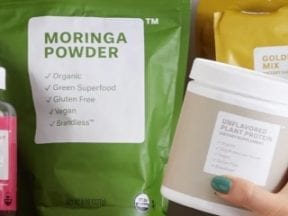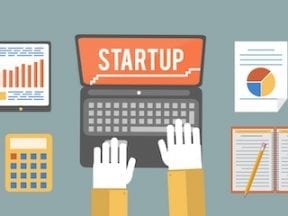The traditional IPO has mostly been the domain of large, high-profile companies that had received hundreds of millions in venture capital over a period of years. This year, however, traditional IPOs have been overtaken by a method that has been around for roughly 20 years but has gained traction only in the past two.
Special purpose acquisition companies (SPACs), also known as blank check companies, have been active since the 1990s. The U.S. Securities and Exchange Commission defines a blank check company as one that has no specific business plan or purpose. SPACs are shell companies without assets or an operating history that raise money via an IPO with the intent to acquire or merge with an operating company. A SPAC does not have to identify a potential acquisition target when it forms.
Shell companies were once considered not reputable because of the SEC’s finding that they were mechanisms for fraud and market manipulation in the penny stock market. The SEC eventually adopted additional requirements for SPACs, including filing a traditional registration statement before an IPO.
How It Works
SPACs are managed by industry or private equity professionals. Recently formed SPACs have been sponsored by some of the premier private equity firms in the U.S., and their IPOs are underwritten by top-tier investment banks. Hedge funds are the source of most SPAC investments.
When a SPAC’s managers identify an attractive acquisition target, they present the business to the investors via proxy materials. The investors then vote on the acquisition. SPAC investors’ share price is negotiated in advance of the IPO, whereas traditional IPOs are subject to market volatility. SPACs have up to 24 months to identify a purchase target, but they usually find one much more quickly. In the interim, the capital is placed in a trust account, which earns interest at market rates.
If a SPAC cannot acquire a company within the required timeframe, it must return the money raised to the investors. Before 2019, many SPACs failed to complete an acquisition and had to dissolve.
Proponents of SPACS say this method of going public offers opportunities to businesses that would otherwise not be able to access public markets.
A SPAC IPO is an attractive option for:
- Smaller companies,
- Fast-growing early-stage start-ups,
- Companies with no or minimal revenue,
- Struggling older companies.
As of October 28, a total of 165 SPAC IPOs have raised $61.3 billion in 2020, according to SPACinsider.com. That’s up from $13.6 billion raised in 59 deals in 2019. The average IPO size is $371.6 million thus far in 2020 compared with an average of $230.5 million in 2019.
Notable SPAC IPOs
- Virgin Galactic. In October 2019, Virgin Galactic received over $450 million in proceeds when it merged with SPAC Social Capital Hedosophia. The stock opened at $9.64 on October 28, 2019, and was trading at $17.51 on October 28 of this year even though it garnered only $238,000 in revenue in the first half of 2020 and had a net loss of $122.4 million.
- DraftKings. This company runs fantasy sports games and lets people make legal wagers on sporting events. It merged with SPAC Diamond Eagle Acquisition Corp. and went public on April 29, 2020, trading at $19.40. It was trading at $38.15 on October 28. Investors who bought Diamond Eagle shares on its IPO debut have quadrupled their investment.
- Nikola. In June 2020, VectoIQ Acquisition, a SPAC led by former General Motors execs, disclosed that its shareholders voted to approve the acquisition of hydrogen-powered electric truck startup Nikola Corporation, a company that does not yet have a product. In September, Hindenburg Research published a report describing problems with Nikola technology, saying executives may be overstating battery capabilities and accusing the company of fraud. Shortly after that, Nikola founder and executive chairman Trevor Milton resigned, and the stock plunged.
Ecommerce SPACs
Earlier this month, FinTech Acquisition Corp. III acquired Paya and is now Paya Holdings Inc., an integrated payments provider.
Two weeks ago, Shift, an ecommerce platform for buying and selling used cars, and Insurance Acquisition Corp. (Nasdaq: INSU), a SPAC sponsored by Cohen & Company, an investment firm, closed on their merger.
Online wholesale ecommerce vendor Boxed is reportedly considering going public via a merger with a SPAC.
Caveats
A SPAC IPO is quicker to complete and involves less red tape than a traditional IPO. But success is not assured. According to a Goldman Sachs analysis of 58 SPAC deals since January 2018, the average SPAC underperformed the S&P 500 and the Russell 2000 three, six, and 12 months after a merger.
Evidence exists that SPACS may be losing some steam. For example, Cerberus Telecom Acquisition Corp. is now looking to raise $300 million, selling 30 million shares at $10 apiece, while earlier it was seeking to sell 40 million shares at $10 apiece. Spartacus Acquisition Corp. and ArcLight Clean Transition Corp. also had to downsize their IPOs earlier this year.
As longer-term results from SPAC IPOs appear next year, the market will decide if this method of going public is right for companies and advantageous for shareholders.




